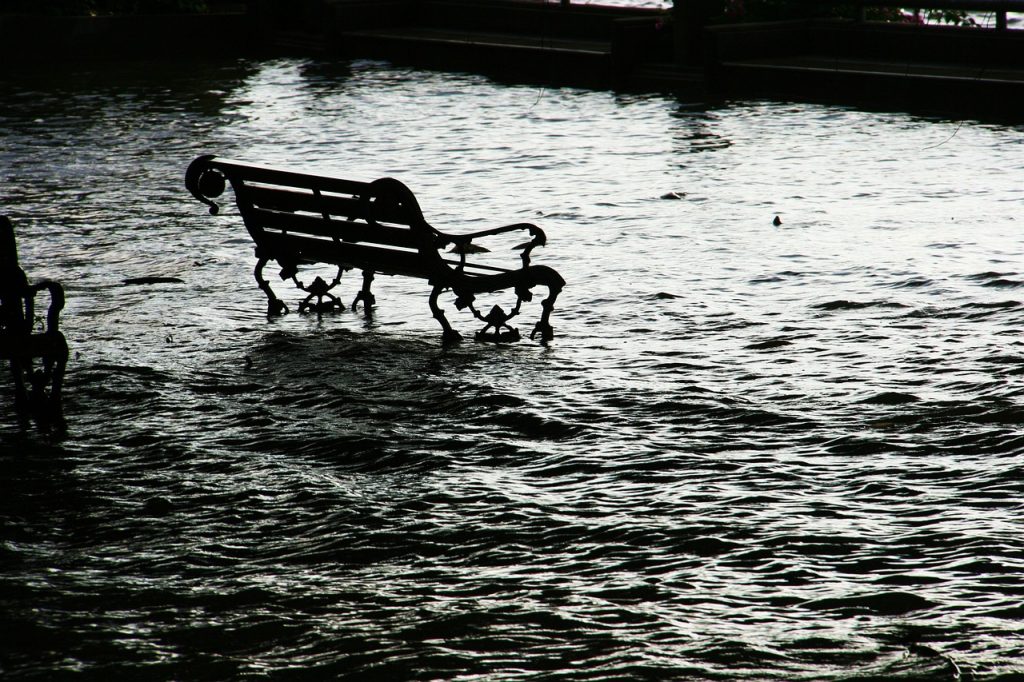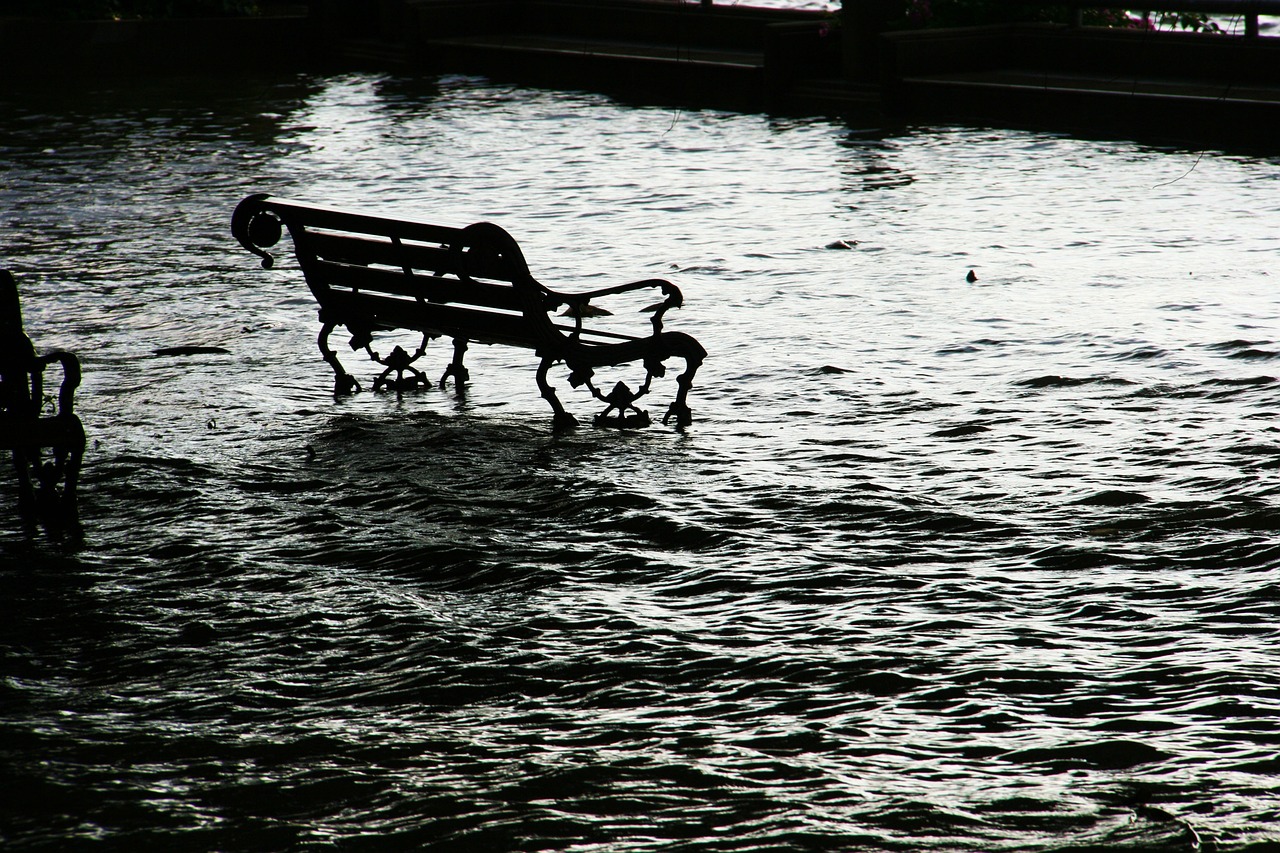Introduction : America’s 5 Most Deadly Floods of the 21st Century
Explore the top 5 deadliest floods that struck America in the 21st century, causing widespread devastation and loss of life. Learn from these catastrophic events and understand the importance of disaster preparedness and resilient infrastructure.
Table of Contents
America’s 5 Most Deadly Floods of the 21st Century
Floods have been a recurring natural disaster throughout history, causing immense devastation and loss of life. In the 21st century, the United States has experienced several deadly flood events that have left lasting impacts on communities. In this article, we will explore the five most lethal floods that struck America in this century, highlighting the lessons learned and the importance of disaster preparedness.

Hurricane Katrina (2005)
One of the most catastrophic natural disasters in U.S. history, Hurricane Katrina struck the Gulf Coast in August 2005, causing widespread destruction and massive flooding. The hurricane, rated Category 3 at landfall, overwhelmed the levee system in New Orleans, leading to extensive flooding of the city.
The aftermath of Hurricane Katrina was devastating, resulting in over 1,200 fatalities and displacing hundreds of thousands of people. The disaster exposed shortcomings in emergency response and infrastructure preparedness, prompting significant changes in disaster management and levee system improvements.
Great Flood of 2011
During the spring and summer of 2011, heavy rainfall and snowmelt led to widespread flooding along the Mississippi and Missouri Rivers. The Great Flood of 2011 impacted multiple states, including Arkansas, Tennessee, Mississippi, and Louisiana.
As the floodwaters surged, homes, farmlands, and critical infrastructure were inundated, causing billions of dollars in damages and 113 reported fatalities. The flood highlighted the need for improved floodplain management and better coordination among states to mitigate future flood risks.
West Virginia Flash Floods (2016)
In June 2016, West Virginia experienced a deadly flash flood that struck without warning, catching residents off guard. Heavy rainfall, estimated at nearly 10 inches in some areas, triggered devastating flash floods and mudslides.
The disaster claimed the lives of 23 people and caused extensive damage to homes and infrastructure. It underscored the importance of improved early warning systems for flash floods, especially in mountainous regions prone to rapid and unpredictable water surges.
Hurricane Harvey (2017)
In August 2017, Hurricane Harvey made landfall in Texas as a Category 4 hurricane. It unleashed torrential rainfall and caused catastrophic flooding in the Houston metropolitan area and surrounding regions.
The storm resulted in approximately 68 deaths and billions of dollars in property damage. It highlighted the necessity of resilient urban planning, floodplain management, and emergency response coordination to mitigate the impacts of extreme rainfall events in densely populated areas.
Historic Midwest Floods (2019)
During the spring of 2019, record-breaking flooding affected the Midwest, particularly Nebraska, Iowa, and Missouri. Melting snow and heavy rainfall swelled rivers, breaching levees and inundating towns and farmlands.
The floods claimed at least 4 lives and caused billions of dollars in damages to agriculture and infrastructure. This event emphasized the importance of strengthening aging infrastructure, such as levees and dams, to withstand future extreme weather events caused by climate change.
Conclusion : America’s 5 Most Deadly Floods of the 21st Century
The 21st century has seen America grappling with some of the deadliest floods in its history. These disasters have not only caused significant loss of life but also highlighted the urgent need for better disaster preparedness, infrastructure upgrades, and community resilience. As the frequency and intensity of extreme weather events increase due to climate change, it is vital for policymakers, communities, and individuals to prioritize proactive measures to mitigate flood risks and ensure the safety and well-being of all Americans.
Baltimore Shooting: Understanding Baltimore’s Crime History | Best 7 Crypto Wallets 2023






Be First to Comment